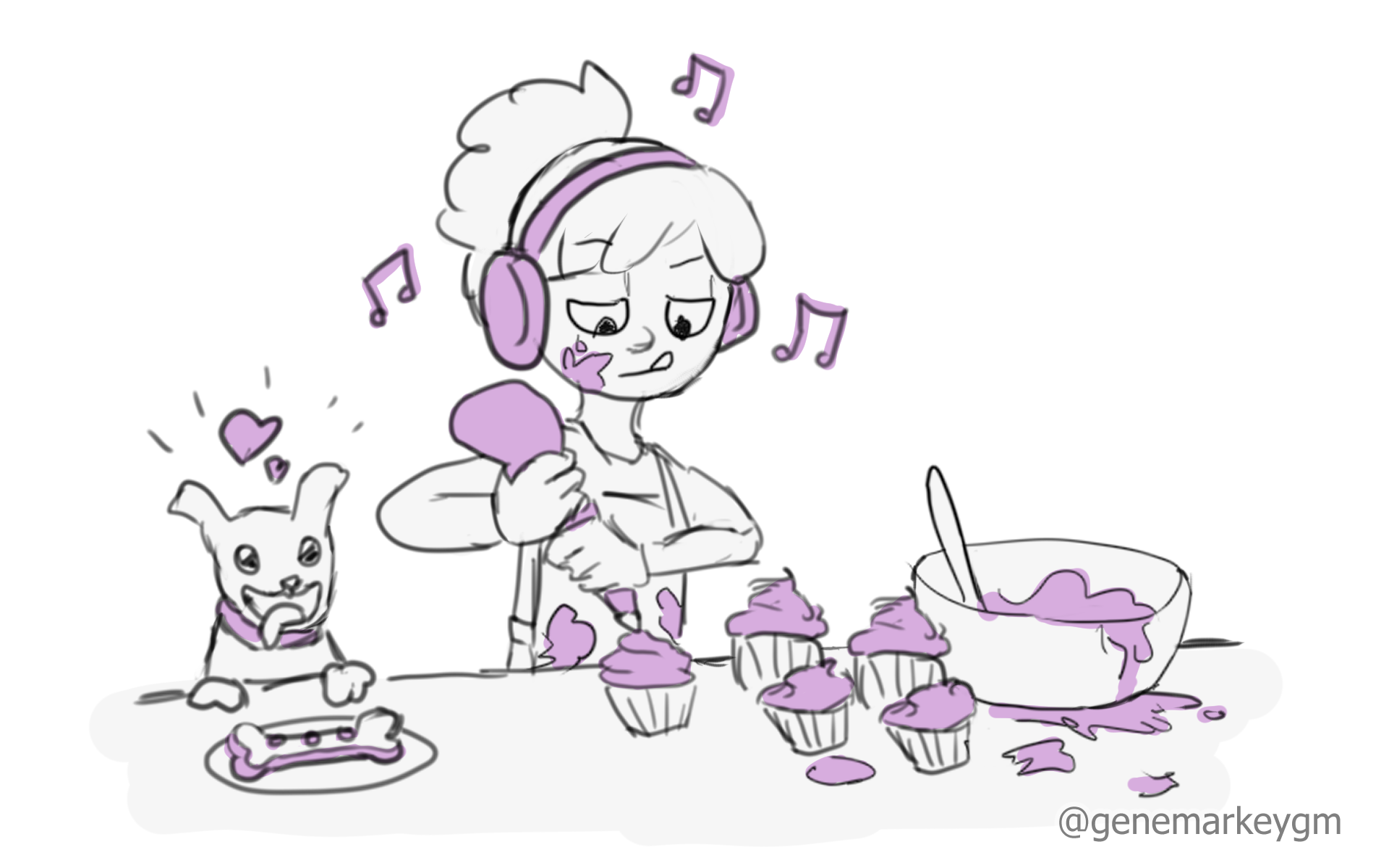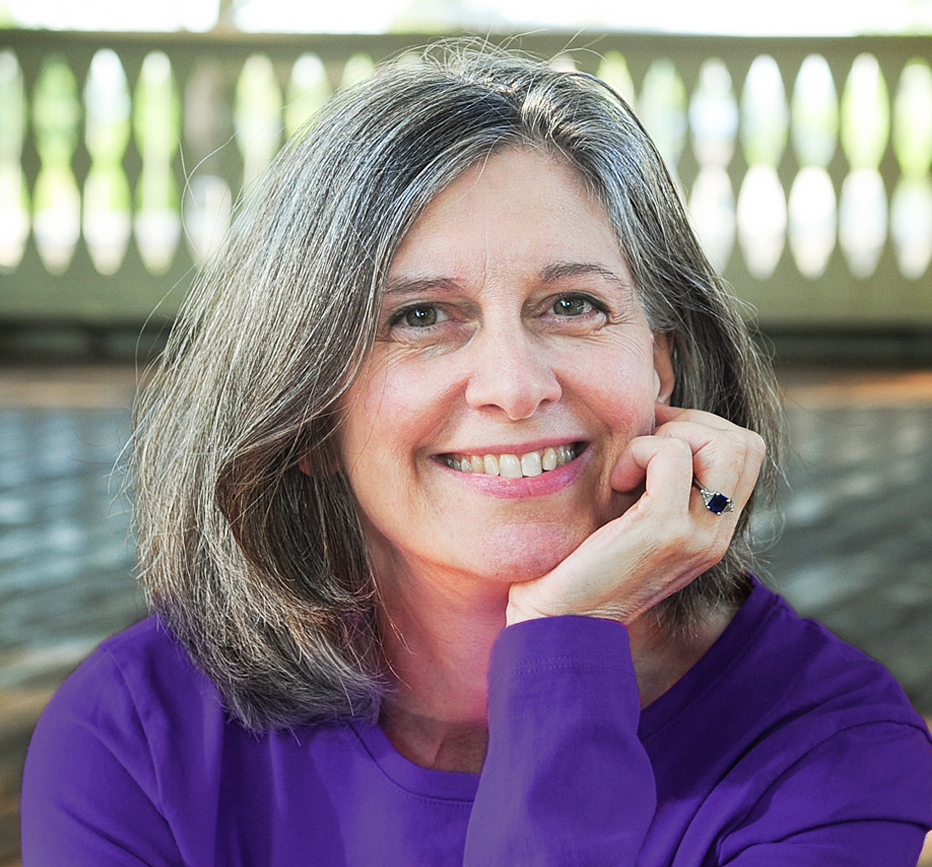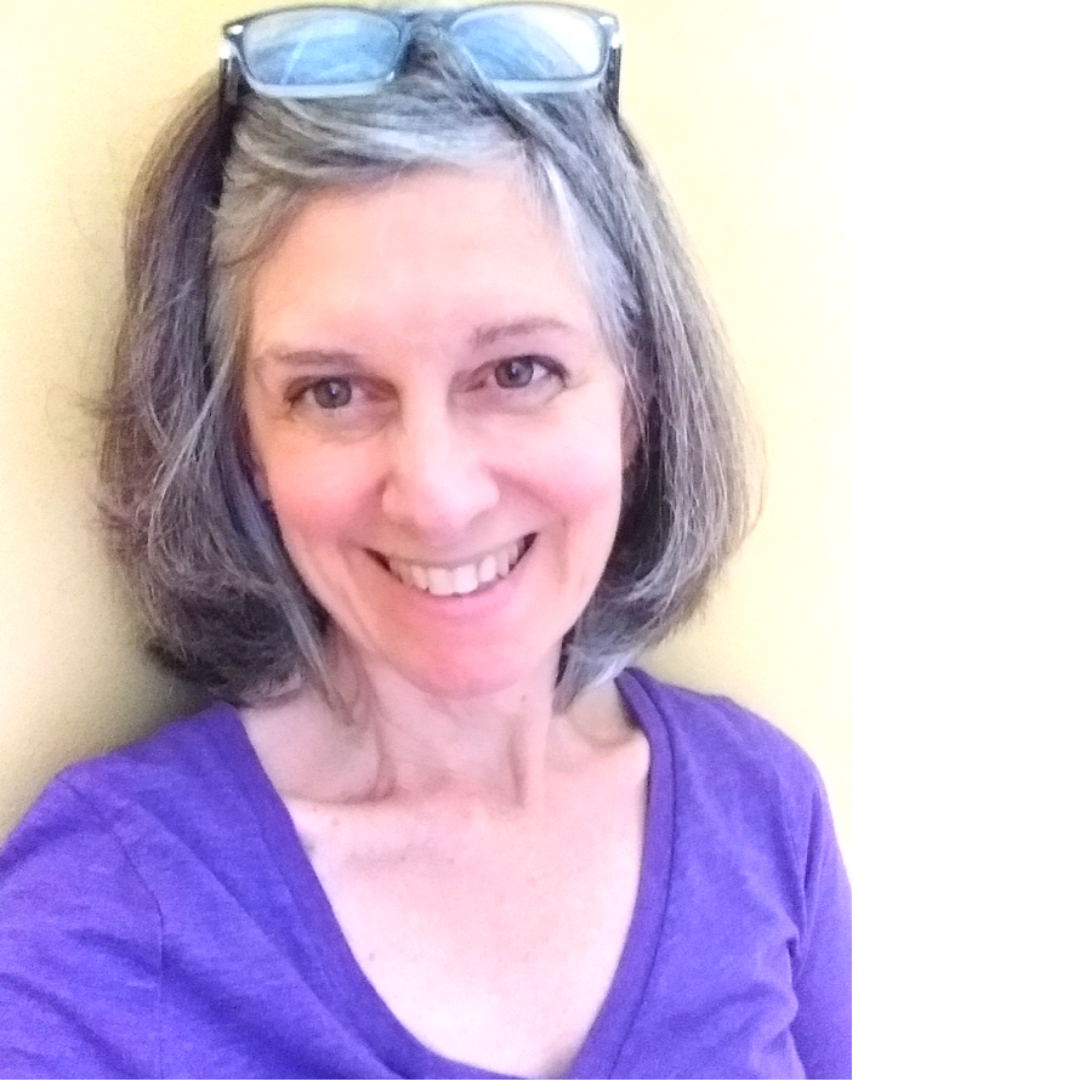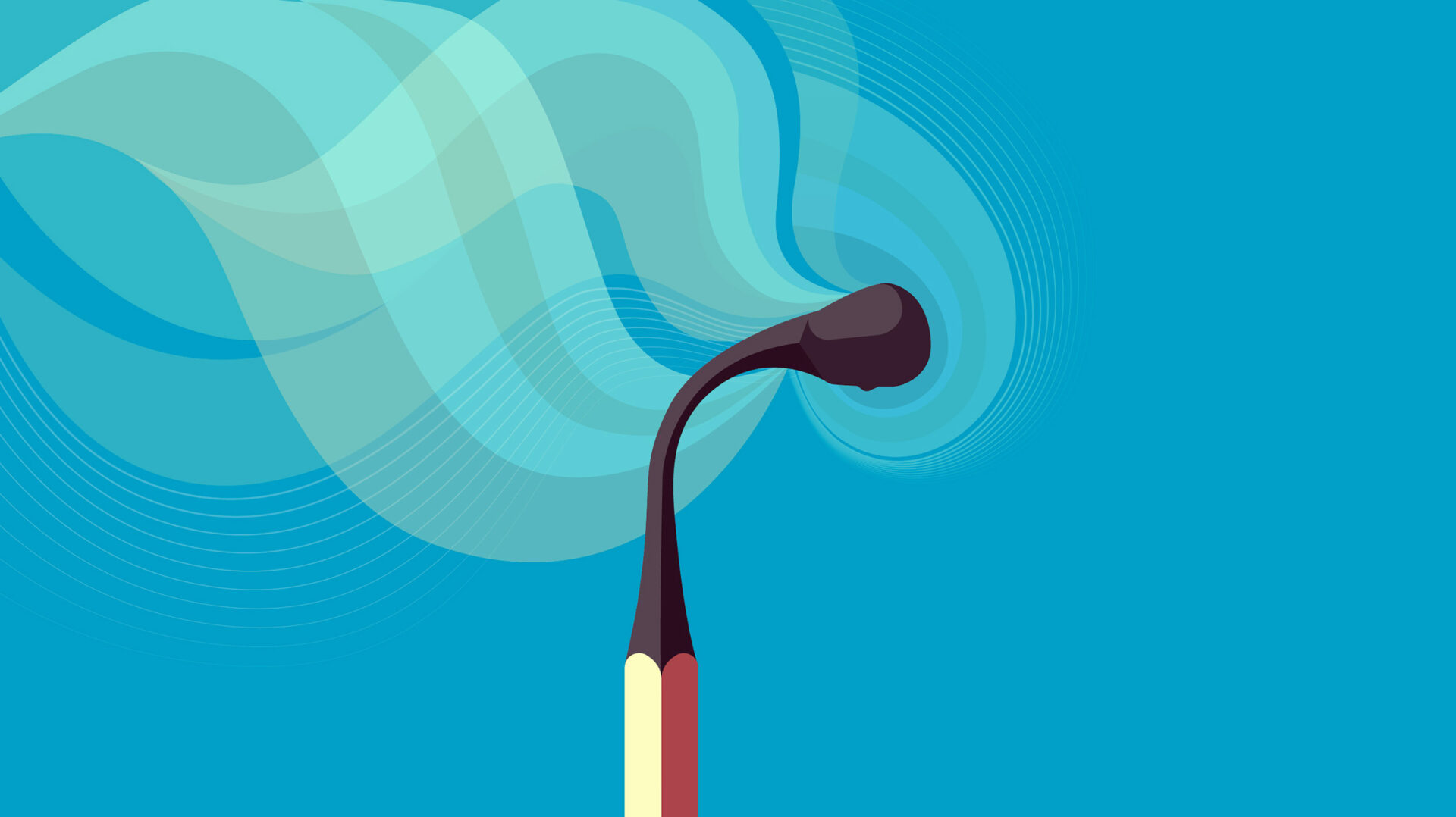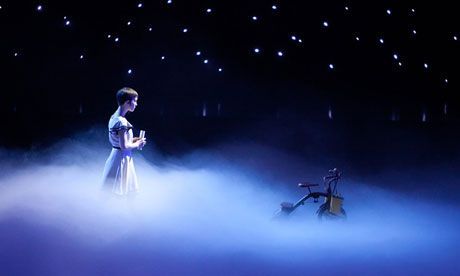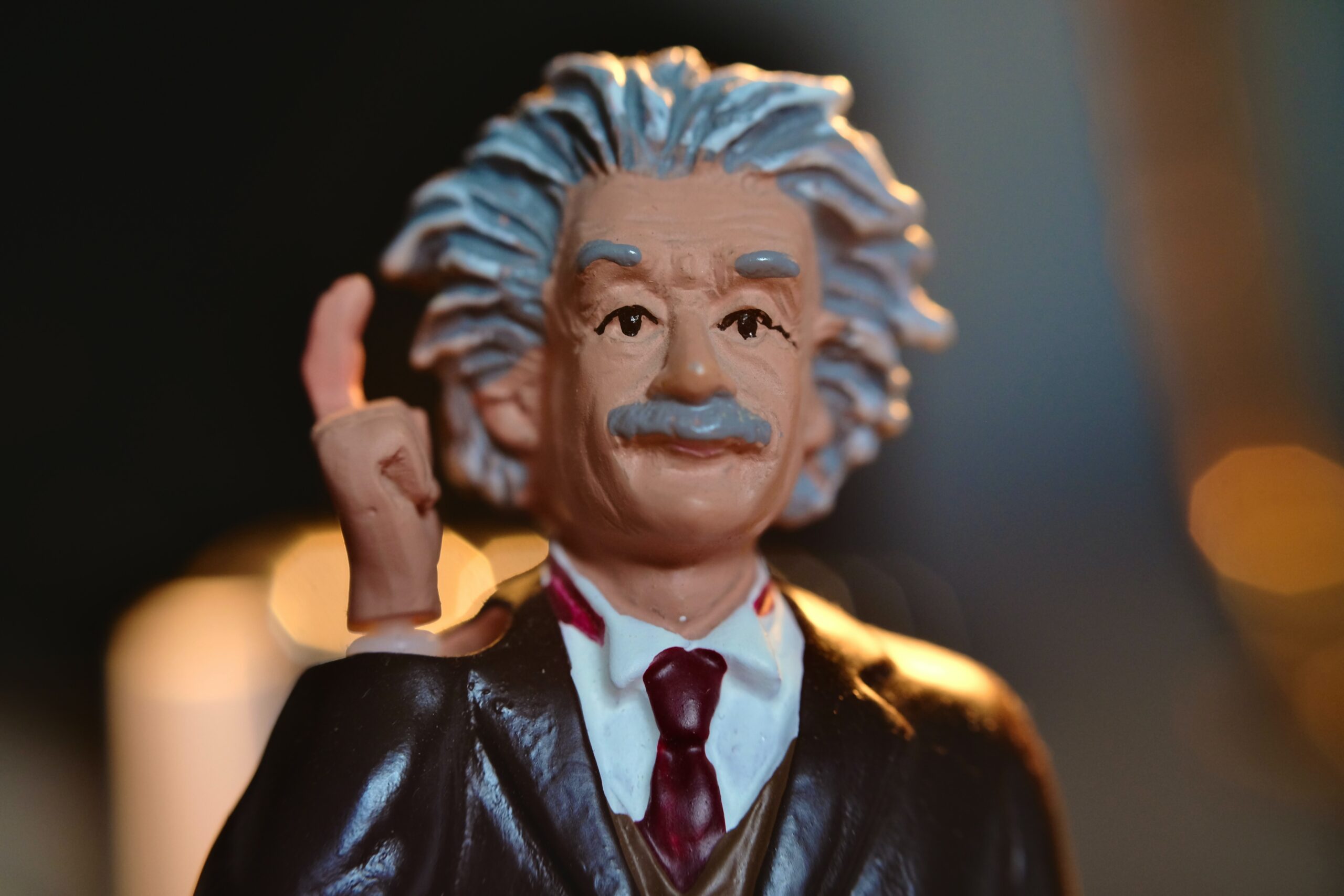I decided to learn to play pickleball, just for fun. I didn’t want more stress, competition, or striving for excellence in my life. I wanted to enjoy the sport, to pace myself for fun.
To start, I took a pickleball clinic at a nearby recreation center. It was tough! In the first session I got completely overwhelmed. Too much information = not a good time. I couldn’t filter through all the rules, strategies, and scoring. I just wanted to practice getting the ball over the net.
Maybe for the first time in my life, I didn’t care about being good immediately. I wanted to meet my fellow players. I was willing to learn by making mistakes.
Are We Having Fun Yet?
I almost didn’t go back. But I’d paid for the clinic, and I don’t like to give up. So, I went the second time. This time wasn’t as much overwhelming as it was shame inducing. We learned how to serve by cycling through a drill where one person served and the other returned the ball. The whole group watched. Oy. I tensed right up and couldn’t even get the ball into the court.
Then I really didn’t want to go back.
I was up most of the night before session #3. It’s one thing to have patience with becoming good; it’s another to be painfully bad.
The Courage To Have Fun
Then I remembered that I get self-centered in these types of situations, making it all about me. It’s not about me! I’m not the center of the universe. This class is not about me; it’s about all of us learning together, including the teacher.
Actually, the teacher seemed as nervous to be teaching as I was to be singled out. Maybe that’s why she gave us so much information all at once. Or, why she said she wouldn’t be able to learn our names.
Now, I’ve been in the field of education a long time, and it would’ve been easy for me to blame her for not coming across as caring, or not being good at organizing the curriculum. But maybe she was just insecure, like me.
So I made a choice to override shame, pull together all my courage, and go again—reminding myself of the goal to have fun. If people pitied me, or no one wanted to play with me, oh well. By asking specific questions, maybe I could even help her to teach me better.
That class was the breakthrough! I noticed two things:
Relinquishing my place as the center of the universe, I observed that others looked ridiculous at times, too. And I saw that we all make great shots as well as bad shots.
Sometimes, it’s the courage to show up once more that allows an experience to flip over to fun.
Stretch But Don’t Break
The next week, I stretched further by attending open pickleball for beginners. I played with someone new. I liked her. She was forgiving.
One member of the other team looked older. Turned out, she was 80, and a fierce player. At one point, she stopped the game to call us over. She explained why we need three types of serves. Three types?! I knew I needed to practice my serve, but yikes. As I stepped back into position, I laughed to my partner, yeah, I’m just trying to get it over the net. I overcame potential self-judgment with humor. Such a victory.
I’ve given up joy so often in my life. I’ve done it to be more skilled, to be a high achiever, to meet or exceed job expectations, to do what I thought others wanted, to be “the best,”— whatever. Doing so sacrificed my own center, my sovereignty, and my enjoyment of life.
Not any more. Now, I’m practicing the key—the same one I used as a teacher. In education, you learn to pace the student to stretch, but not break. When I (as the student) lose the wonder, mystery, or joy, then learning becomes drudgery.
Pacing Yourself for Fun
So I’ve decided to pace myself for fun. I practice this in my work, too. I want to sustain the joy.
If we need to learn, or to live, at a slower pace than world-spin, let’s do it! Choosing to align with our heartbeat rather than the collective pulse increases our delight, our sense of awe, and our gratitude.
If we choose to sacrifice fun, at least we can do so purposefully.
I’ll understand if some players don’t want me as a pickleball partner. But, honestly, I’m going to get so much better by encouraging myself to enjoy the process, one shot at a time.
Note: Since writing this blog, I have improved quite a bit by taking my own advice. 😀
If you know someone who might appreciate this story, please do share!
You’re invited to subscribe here💜

